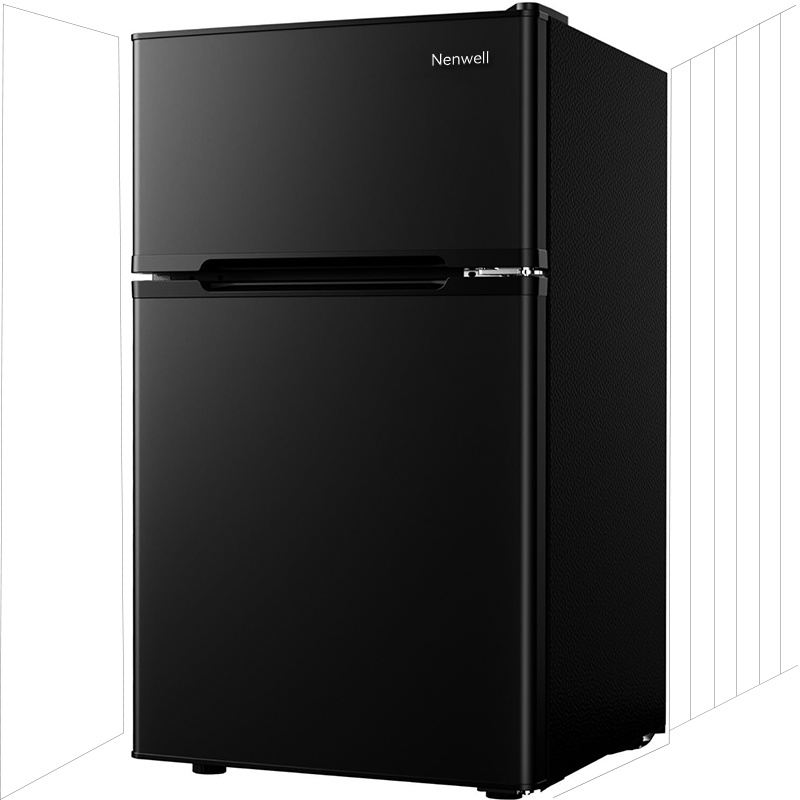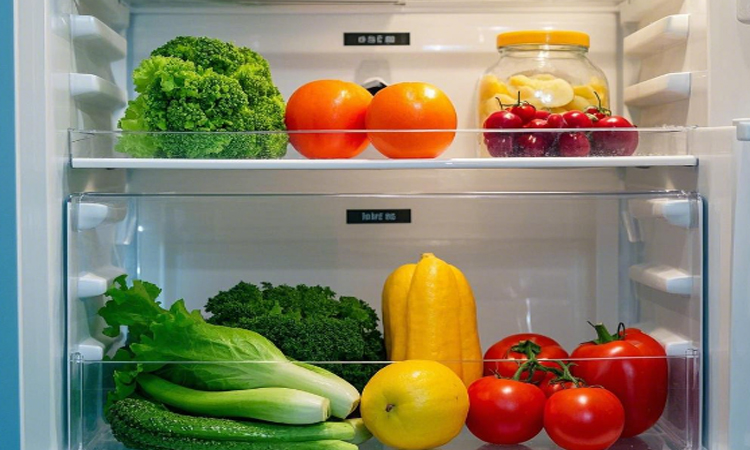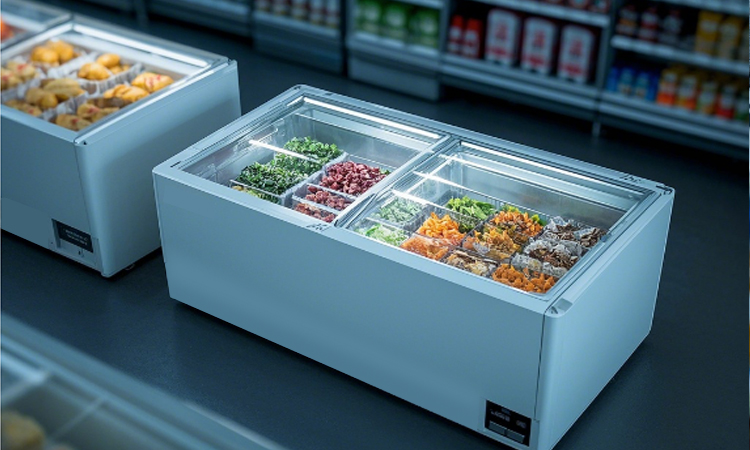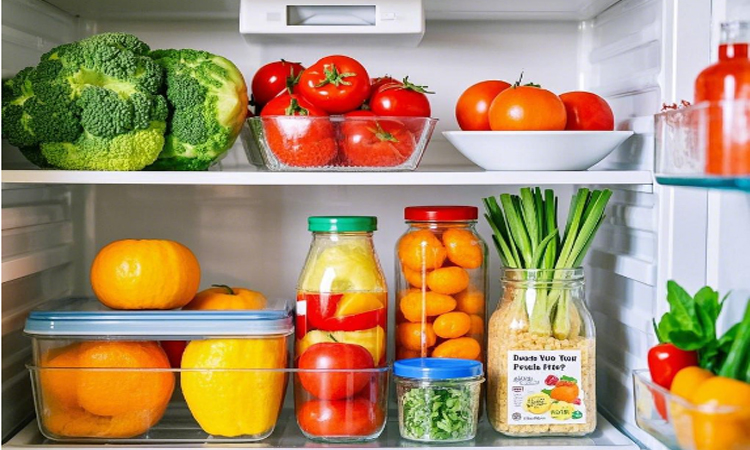
Exporting refrigeration equipment, including commercial cake fridges, ice cream freezers, and household refrigerators, involves navigating a complex web of trade regulations, logistics, and quality standards. For suppliers like Cooluma that target global markets, understanding key transaction matters is critical to ensuring smooth cross-border operations, minimizing risks, and building long-term customer trust. This article breaks down the core considerations across compliance, logistics, payment, and after-sales support, providing a comprehensive guide for businesses engaged in refrigerator exports.

1. Compliance with Import Country Regulations and Certifications
Regulatory compliance is the foundation of successful refrigerator exports, as non-compliance can lead to shipment delays, fines, or even product seizures. Different regions have distinct requirements for safety, energy efficiency, and environmental protection, which directly impact transaction feasibility.
1.1 Safety and Electrical Standards
Most countries mandate adherence to specific electrical safety standards to prevent hazards like short circuits or overheating. For example, the European Union (EU) requires compliance with the CE marking—refrigerators must meet EN 60335-2-24 standards for safety in household and similar electrical appliances. In the United States, the UL (Underwriters Laboratories) certification is essential, covering aspects such as insulation materials, wiring, and temperature control systems. For markets like Australia and New Zealand, the SAA (Standards Australia) certification is mandatory, with additional testing for tropical climate resilience (e.g., resistance to high humidity).
Commercial refrigerators (e.g., cake display cabinets) often face stricter standards. In the EU, the ERP (Energy-related Products) Directive sets minimum energy efficiency levels—since 2021, refrigerators must achieve an energy class of at least "A" to be sold in the bloc. Suppliers must provide test reports from accredited laboratories to prove compliance, which should be included in transaction documents to avoid customs disputes.
1.2 Environmental and Chemical Restrictions
Environmental regulations focus on refrigerant use and waste management. The Montreal Protocol, ratified by over 190 countries, restricts the use of ozone-depleting refrigerants like R-22. Most markets now require refrigerators to use eco-friendly alternatives such as R-600a (isobutane) or R-134a. For example, China’s GB/T 9098-2021 standard mandates that refrigerants with a global warming potential (GWP) above 150 be phased out by 2025.
Additionally, the EU’s REACH Regulation limits the use of hazardous substances like lead and mercury in refrigerator components. Suppliers must issue a Safety Data Sheet (SDS) for each shipment, detailing chemical compositions and safety precautions, which is a mandatory document for customs clearance in the EU, Japan, and South Korea.
2. Logistics Planning: From Warehousing to Last-Mile Delivery
Refrigerators are bulky, fragile, and temperature-sensitive, making logistics a critical part of export transactions. Poor logistics can result in product damage, delivery delays, and increased costs—suppliers must optimize each step to ensure goods arrive in good condition.
2.1 Packaging and Loading
Packaging must protect refrigerators from physical damage and moisture during transit. For sea freight (the most common mode for heavy appliances), suppliers typically use corrugated cardboard boxes with foam inserts to cushion the product, plus a wooden pallet (treated to meet ISPM 15 standards to prevent pest infestation) for easy handling. For air freight (used for urgent orders), lightweight but durable packaging like aluminum alloy frames is preferred to reduce weight and shipping costs.
Loading requires careful planning to avoid tipping or crushing. Refrigerators should be secured with straps and placed away from heavy cargo. For container shipping, temperature-controlled containers (reefers) are unnecessary for unused refrigerators, but the container must be ventilated to prevent condensation—suppliers often include desiccant packs inside the packaging to absorb moisture.
2.2 Shipping Terms and Incoterms
Choosing the right Incoterms 2020 is key to defining risk and cost responsibilities between the supplier and buyer. For refrigerator exports, common terms include:
- FOB (Free On Board): The supplier delivers the goods to the port of shipment (e.g., Shanghai Port for Chinese suppliers) and covers loading costs. The buyer assumes responsibility for sea freight, insurance, and customs clearance in the import country. This is popular for buyers who have established relationships with freight forwarders.
- CIF (Cost, Insurance, and Freight): The supplier covers sea freight and basic insurance (typically 110% of the goods’ value) to the port of destination. The buyer handles customs clearance and last-mile delivery. This is suitable for small to medium-sized buyers who lack logistics experience.
- DDP (Delivered Duty Paid): The supplier takes full responsibility for all costs and risks, including customs duties and last-mile delivery to the buyer’s warehouse. This is the most convenient option for buyers but the most costly for suppliers—often used for high-value orders or first-time customers to build trust.
Suppliers should clearly state the Incoterm in the sales contract to avoid disputes. For example, if a buyer in Brazil requests FOB Shanghai, the contract should specify that the supplier will provide a Bill of Lading (B/L) within 3 working days of shipment, and the buyer will arrange for a local customs broker to handle import clearance.
3. Payment Terms and Financial Risk Management
Export transactions involve large sums and long lead times, so choosing secure payment terms is essential to protect both parties. Suppliers must balance flexibility for buyers with measures to avoid non-payment or delayed payment.
3.1 Common Payment Methods
The Letter of Credit (L/C) is the most secure method for suppliers. The buyer’s bank issues a document guaranteeing payment to the supplier once they present all required documents (e.g., B/L, commercial invoice, certification reports). This reduces the risk of non-payment, especially for new buyers or high-value orders (e.g., bulk shipments of 50+ commercial cake fridges). However, L/C processing is time-consuming and incurs bank fees (typically 1-2% of the transaction value).
Telegraphic Transfer (T/T) is more flexible and widely used. For small orders, suppliers often require a 30% advance payment to start production, with the remaining 70% paid before shipment. For long-term customers, terms like "50% advance, 50% after delivery" may be negotiated. Suppliers should use a SWIFT (Society for Worldwide Interbank Financial Telecommunication) transfer to ensure funds are traceable, and verify the buyer’s bank details to avoid fraud.
Documentary Collection (D/C) is a middle ground—suppliers send shipping documents to the buyer’s bank, which releases them only after the buyer pays. This is less secure than L/C but cheaper, suitable for trusted buyers in low-risk markets (e.g., the EU or North America).
3.2 Currency and Exchange Rate Risks
Most export transactions are conducted in US dollars (USD) or the buyer’s local currency (e.g., Euro for EU buyers). Suppliers should clarify the currency in the contract to avoid exchange rate losses. For example, if a contract is denominated in USD but the supplier’s costs are in Chinese Yuan (CNY), a sudden appreciation of the CNY could reduce profit margins. To mitigate this, suppliers can use forward contracts (locking in an exchange rate for future payments) or add a "currency adjustment clause" to the contract, allowing price revisions if exchange rates fluctuate by more than 5%.
4. After-Sales Support: Building Long-Term Customer Relationships
After-sales support is a key differentiator in the competitive refrigerator export market. Poor support can damage a supplier’s reputation, while effective service can lead to repeat orders and referrals—critical for brands like Cooluma looking to expand global market share.
4.1 Warranty and Spare Parts
Suppliers should offer a clear warranty policy—common terms include a 1-year warranty on the entire refrigerator and a 3-year warranty on the compressor (the core component). The warranty should specify coverage (e.g., free repair for manufacturing defects) and exclusions (e.g., damage from improper use). To facilitate after-sales service, suppliers should ship spare parts kits (including gaskets, thermostats, and fans) with each order—typically 5-10% of the total order quantity. For large buyers, suppliers can establish a local spare parts warehouse (e.g., in Dubai for Middle Eastern markets) to reduce delivery time for replacements.
4.2 Technical Support and Training
Many buyers, especially in emerging markets, require technical support to install and maintain refrigerators. Suppliers should provide multilingual user manuals (English, Spanish, Arabic, etc.) with step-by-step installation guides and troubleshooting tips. For commercial refrigerators like cake display cabinets, online training sessions (via Zoom or WhatsApp) can be arranged to teach buyers how to adjust temperature settings, clean the unit, and identify common issues. In cases of complex failures, suppliers should offer remote technical support (e.g., video calls with engineers) or arrange local service partners to provide on-site repairs—this is often a requirement for buyers in industries like hospitality and healthcare.
5. Post-Shipment Follow-Up and Dispute Resolution
Post-shipment follow-up ensures that the buyer receives the goods and is satisfied with the product, while a clear dispute resolution process helps address issues quickly.
Suppliers should send the buyer a shipment tracking number once the goods depart, and follow up 3-5 days before arrival to confirm that the buyer is prepared for customs clearance. After delivery, a satisfaction survey (via email or phone) can be sent to collect feedback—this helps identify areas for improvement (e.g., packaging, delivery time) and resolve minor issues before they escalate.
Disputes (e.g., damaged goods, delayed delivery) should be resolved through negotiation first. The sales contract should include a dispute resolution clause specifying that parties will attempt to reach an agreement within 30 days; if unsuccessful, arbitration (e.g., via the International Chamber of Commerce (ICC)) will be used. Arbitration is preferred over litigation for cross-border disputes, as it is faster, more cost-effective, and enforceable in over 160 countries under the New York Convention.
In conclusion, refrigerator exports require careful planning across compliance, logistics, payment, and after-sales support. Suppliers must stay updated on global regulations, optimize logistics to protect fragile goods, choose secure payment terms, and invest in after-sales service to build trust. For brands like Cooluma, mastering these transaction matters is not only essential for expanding into 200+ countries but also for establishing a reputation as a reliable global supplier. By prioritizing transparency, compliance, and customer satisfaction, suppliers can navigate the complexities of international trade and achieve long-term success in the global refrigerator market.





